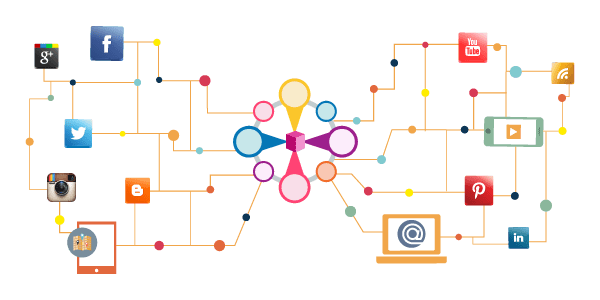In recent years, digital transformation has been essential for large corporations to overcome barriers and expand business exponentially. Transforming your business and products today is no longer an act of effort or courage. In the 21st century it is extremely necessary to adapt to the digital world. All companies are on this journey, from large companies with numerous processes already consolidated to startups that are in the ideation phase. Given these changes, one of the teams most challenged to support this new stage are the technology teams and their respective architects.
Platforms, what is it and how do I apply?
One of the biggest accelerators of digital journeys are the platforms, they are fundamental in the moments of: conceptions, formations, creations, validations and operations. Before talking about its benefits, we need to have a clear definition of the proposed resolution, in this way we can already start to mitigate one of the biggest problems for this type of approach, which is the ambiguity of the proposition. When we want to platform something, first, it is necessary to define the business value it will serve. The second point that is extremely important is how we will measure the efficiency of the built solution. If we are not clear about these two prerequisites, it could affect the leadership that wants to move to this operating model.
Common are the cases of large investments made for this model and some reports of difficulty and unsuccessful experience. Paradigm changes require an end-to-end understanding of the core business to be mitigated: rework, construction of non-standard platform solutions and internal competition between action performers. Since you were already alerted to the main points before this migration, now we will share the most important points, the benefits.
Benefits applied to business
The main benefit of the platform being applied to the business is the ability to deliver value much faster and with that you can have the time to market on your side. With the pandemic, the digitization process became more than important, necessary. Making processes digitized is already a general need for market competitiveness, but we know that digitizing without having a journey focused on user experience as the central point of your solution, with alignment with the agile world, all this needs to have a high synergy. The tripod that we can never forget for a successful journey is composed of: Agility, User Experience and Digitization.
There are multiple types of approach for the platforms, it all depends on the strategy defined by the leadership. New opportunities within the business, new forms of collection, operational and procedural efficiency models. When we translate these issues, we are able to address some common platforms, which are: Infrastructure Platform, Business Platform and Operating Model Platform.
Infrastructure Platform
Focused on the department that produces the technical solutions of an organization, this platform is intended to facilitate technical production, increase the technical quality of deliveries and streamline the release of features so that they reach the customer as quickly as possible. Another important point of this platform is the approach to security, scalability and fault tolerance, among others.
Business Platform
This platform is a central point to understand the product and its current context, competitors and future features. That platform that thinks from the Product Owner perspective that materializes in APIs and resources for the product. Create, transform and materialize, all this adds up, including the customer in the solution's focus, and the result is the delivery of value to the business and the awakening of passion for the user in the experience.
Operating Model Platform
Delivering the way the company will execute processes and execute their agility, this platform aims to facilitate the link between organizational layers and build communication and process bridges.



Top comments (0)